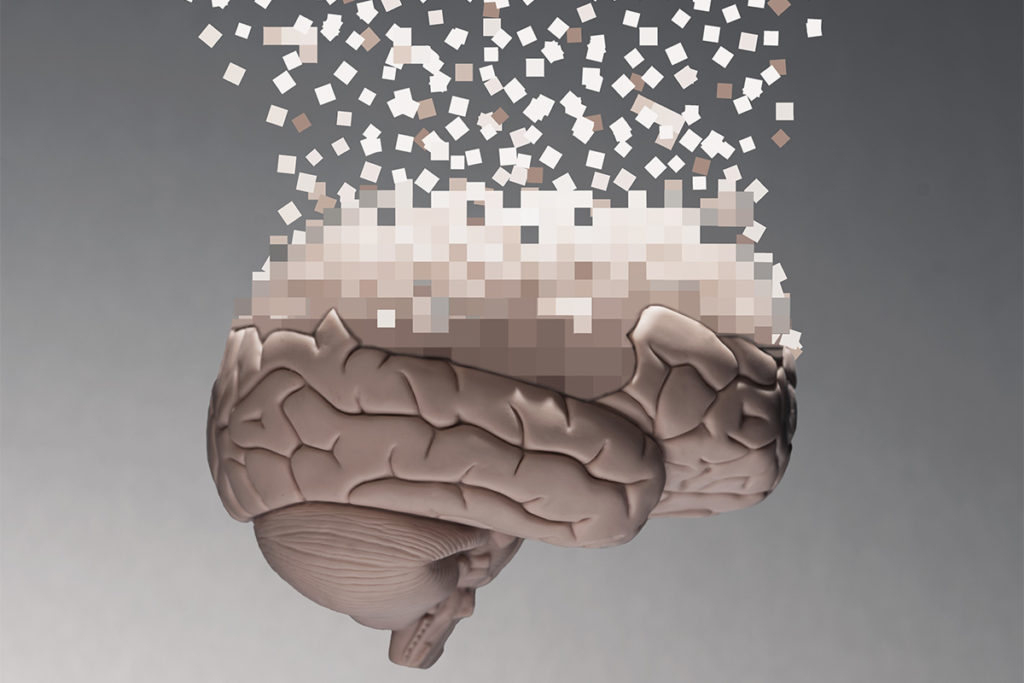Thanking the Thyroid
This small but mighty gland is a master of metabolic control.

When persistent low energy or even unusual temperature changes occur in the body, the thyroid is an important site to inspect.
Part of the endocrine system, this butterfly-shaped gland (located at the base of the neck) secretes hormones into the bloodstream as directed by the pituitary gland. These hormones affect several bodily functions, including heart rate, skin maintenance, growth, temperature regulation, fertility and digestion (Bradford 2017; IQWiG 2018).
As the body’s master of metabolic control, the thyroid regulates the rate at which cells and organs turn nutrients into energy, as well as the amount of oxygen cells use (Bradford 2017).
Because of the thyroid’s central role in regulating bodily functions, the gland is perhaps best known for certain disorders that disrupt these functions:
- Hyperthyroidism occurs when an overactive thyroid makes more hormones than needed, speeding up the body’s functions (OFW 2019).
- Hypothyroidism occurs when the thyroid fails to produce enough hormones, causing the body’s functions to slow down (OFW 2019).
Read on to metabolize additional facts about this gland:
- The thyroid is roughly 2 inches wide and weighs between 0.7 and 2.1 ounces. It has two winglike lobes that stretch around the windpipe and connect to each other by a small piece of tissue called the isthmus (Bradford 2017).
- Women are more likely than men to have thyroid disease. In fact, 1 in 8 women will develop a thyroid problem, which can affect menstrual cycles and pregnancy (OFW 2019).
- Exercising daily, getting enough sleep and maintaining healthy relationships can all improve thyroid function, as these strategies reduce stress on the body. Stress can exacerbate thyroid disorders (Northwestern Medicine 2020).
- Keeping the thyroid healthy, so it maintains appropriate hormone levels, requires a constant supply of iodine. The best way to get iodine is by eating a healthy diet that includes seafood and dairy products or even by seasoning food with iodized salt (Bradford 2017).
- Nodules commonly develop on the thyroid gland, and more than 70% of Americans over the age of 70 will have at least one. These nodules are typically benign and do not cause symptoms, but some can be cancerous, and even benign ones may affect hormone production if they grow large enough (Johns Hopkins Medicine 2020).
- With thyroid disorder, emotional responses are common because of the gland’s effect on hormones. For example, hyperthyroid patients often feel unusually nervous or irritable, while hypothyroid patients can commonly feel fatigued or depressed. Treatment will usually resolve these conditions (Thyroid Foundation of Canada 2018).
See also: 11 Reasons for Low Thyroid Function
References
Bradford, A. 2017. Thyroid gland: Facts, function & diseases. Live Science. Accessed July 8, 2020: livescience.com/58771-thyroid-gland-facts.html.
IQWiG (Institute for Quality and Efficiency in Health Care). 2018. How does the thyroid gland work? Accessed July 8, 2020: ncbi.nlm.nih.gov/books/NBK279388/.
Johns Hopkins Medicine. 2020. The thyroid gland. Accessed July 8, 2020: hopkinsmedicine.org/health/conditions-and-diseases/the-thyroid-gland.
Northwestern Medicine. 2020. 7 facts about your thyroid. Accessed July 8, 2020: nm.org/healthbeat/healthy-tips/7-facts-about-your-thyroid.
OFW (Office on Women’s Health). 2019. Thyroid disease. Accessed July 8, 2020: womenshealth.gov/a-z-topics/thyroid-disease.
Thyroid Foundation of Canada. 2018. Thyroid disease: Know the facts. Accessed July 8, 2020: thyroid.ca/resource-material/information-on-thyroid-disease/thyroid-disease-know-the-facts.
Sarah Kolvas
Sarah Kolvas is the content manager for IDEA.






